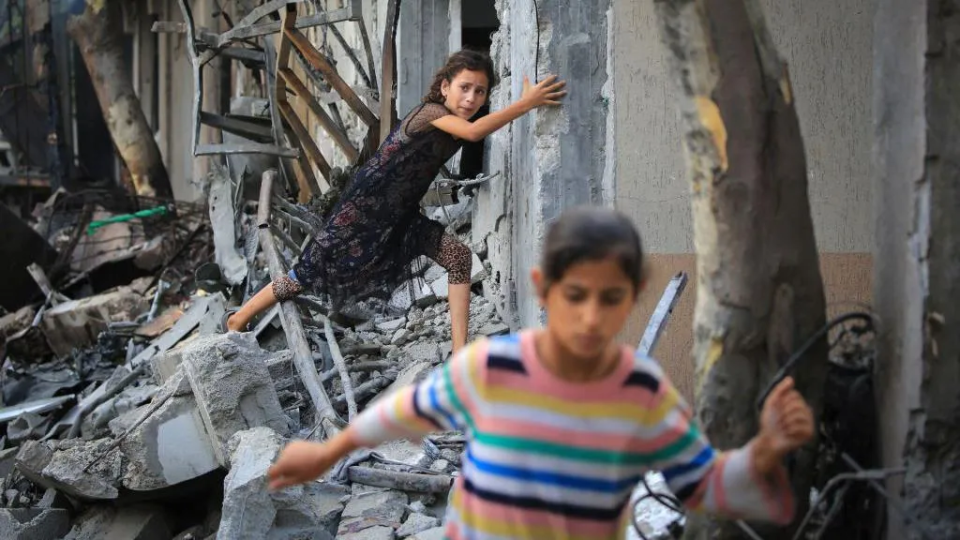The United Nations Security Council has taken a significant step toward resolving the conflict in Gaza by supporting a US-drafted resolution calling for a ceasefire. With fourteen out of fifteen Security Council members voting in favor, the resolution outlines conditions for a comprehensive ceasefire, including the release of hostages held by Hamas and the exchange of Palestinian prisoners. However, Russia abstained from the vote, expressing concerns about the clarity of the deal and whether Israel had genuinely accepted the plan to end its military operation in Gaza as outlined in the resolution. Despite some reservations, the Security Council’s backing marks a significant diplomatic effort to halt the violence in the region.
The ceasefire proposal, championed by President Joe Biden and supported by Israel’s war cabinet, aims to bring an end to the hostilities in Gaza. It outlines a three-part plan that includes a short-term ceasefire followed by a permanent cessation of hostilities and a comprehensive reconstruction plan for Gaza. While President Biden presented the initiative as an Israeli proposal, there are indications of reluctance within Israel’s ruling coalition, with some far-right ministers opposing the deal. The resignation of former general and centrist Benny Gantz from the war cabinet underscores the internal divisions and challenges facing the implementation of the ceasefire plan.
Despite the complexities and challenges, there is optimism surrounding the ceasefire proposal. The United States, along with other nations, has urged both Israel and Hamas to seize this opportunity for peace. US Ambassador to the UN, Linda Thomas-Greenfield, emphasized the importance of moving toward lasting peace to ensure security and stability for both Israelis and Palestinians. Similarly, UK Ambassador Barbara Woodward called upon the parties to take advantage of the resolution and work towards a peaceful resolution of the conflict.
The resolution comes amid escalating violence in the region, with casualties mounting on both sides. The conflict, which began when Hamas attacked southern Israel, has resulted in significant loss of life and suffering. The resolution’s passage represents a crucial step towards de-escalating tensions and addressing the humanitarian crisis in Gaza. However, challenges remain, including the need for all parties to fully commit to the terms of the ceasefire and engage in constructive dialogue to achieve a lasting peace settlement. As the international community continues to push for a ceasefire, hopes are high for a resolution that brings an end to the violence and paves the way for a brighter future for the people of Gaza and the broader region.

